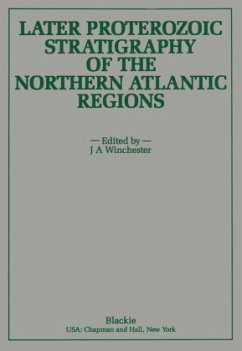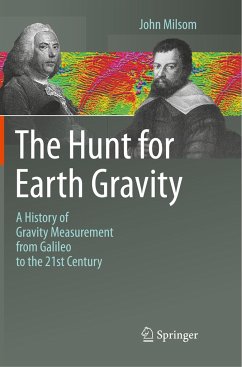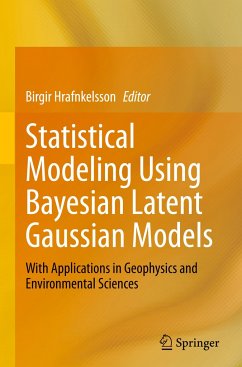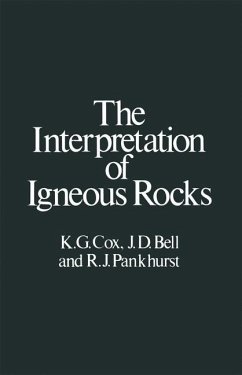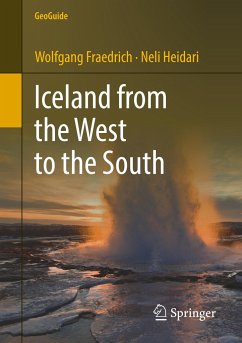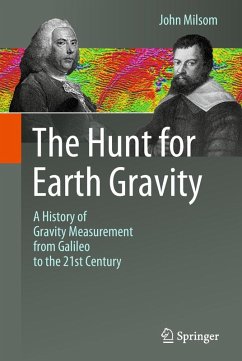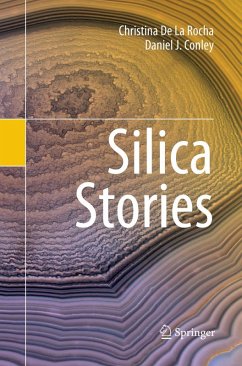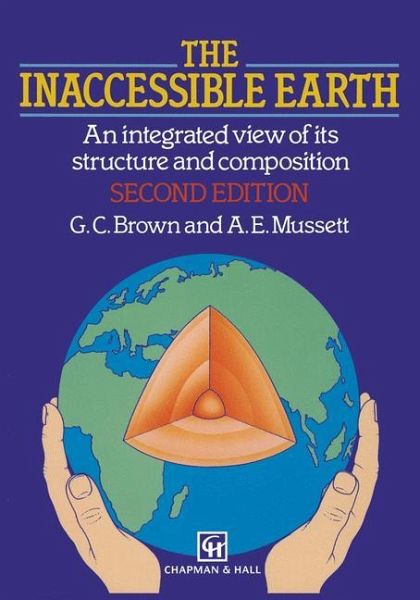
The Inaccessible Earth
An integrated view to its structure and composition

PAYBACK Punkte
20 °P sammeln!
In the dozen years since the first edition appeared, there has been a great advance in understanding of the Earth's deep interior. This is not because there have been breakthroughs in understanding, or even many changes of ideas, but largely because of many small advances, often the result of improved tech niques. This has led to a complete revision of the book. For instance, we have a much better idea of how the cloud of gas that formed the Solar Nebula evolved into the Sun and the planets, and of the chemical processes that accompanied its evolution and determined the mix of elements in the ...
In the dozen years since the first edition appeared, there has been a great advance in understanding of the Earth's deep interior. This is not because there have been breakthroughs in understanding, or even many changes of ideas, but largely because of many small advances, often the result of improved tech niques. This has led to a complete revision of the book. For instance, we have a much better idea of how the cloud of gas that formed the Solar Nebula evolved into the Sun and the planets, and of the chemical processes that accompanied its evolution and determined the mix of elements in the Earth. We have a better understanding of convection and how plates are an essential part of it, and how it is accompanied by chemical processes that have extracted the materials to build continents. Although the major variation within the Earth is radial, improved geophysical and geochemical techniques have made progress in investigating and under standing the lateral heterogeneities, and itis encouraging that when geochemists and geophysicists talk about lateral heterogeneities they can sometimes be referring to the same thing. Plumes have become very fashionable as the cause of hot-spot magmatism and associated geochemical anomalies, probably origi nating at the base of the mantle (though clear evidence for their existence is lacking).



